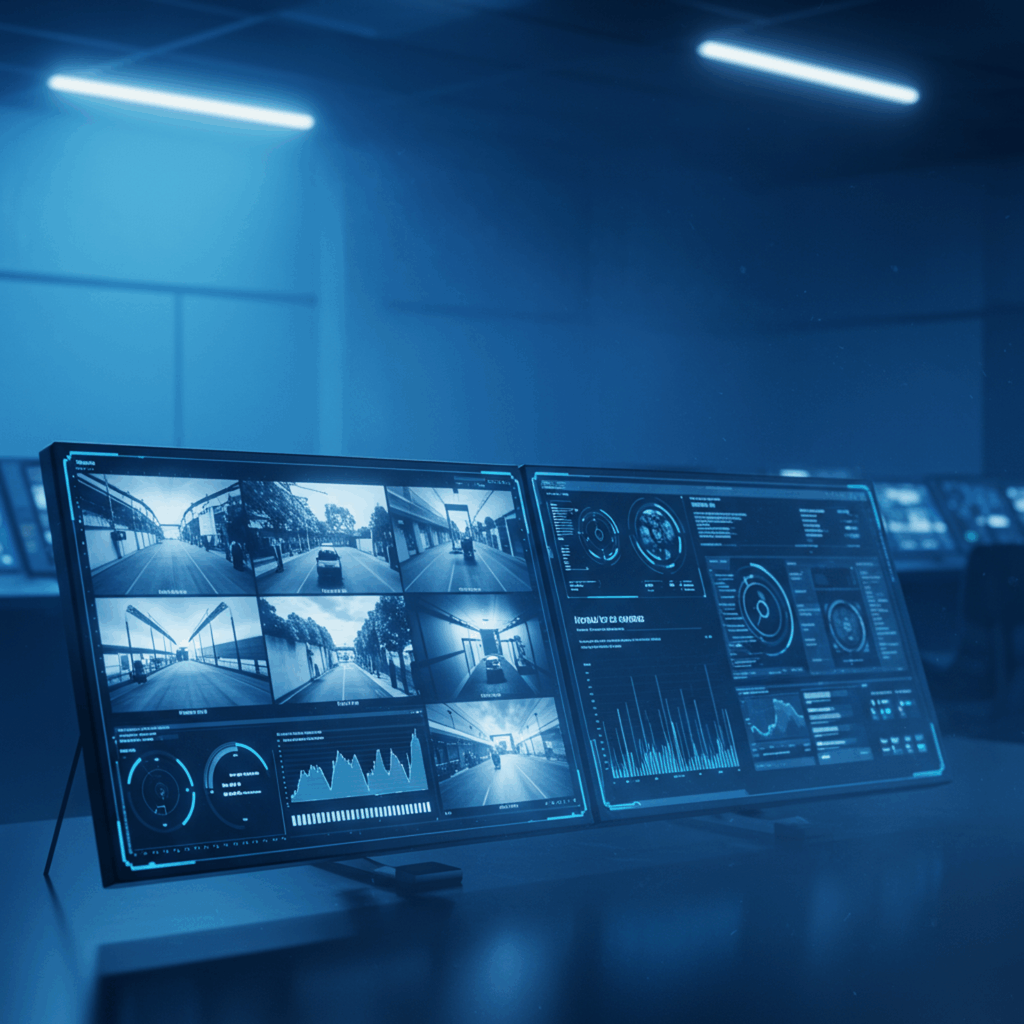Introduction:
Imagine a security system so intelligent it can distinguish between a routine delivery and a potential threat. This is made possible by image and video annotation—teaching computers to see and interpret the world with speed and precision. It’s transforming how we ensure public safety, helping create smarter, safer environments.
What is Image and Video Annotation?
Image and video annotation involves labeling visual data so AI systems can recognize and understand what they’re seeing. By adding context—such as identifying objects, behaviors, or actions—AI can learn to detect patterns and make decisions. In security, this might mean tagging frames with labels like “running,” “loitering,” or “suspicious object,” so the system learns to recognize these activities in live footage.
Why It Matters for Security and Surveillance:
- Threat Detection: Accurate annotation allows AI to distinguish between normal and suspicious behavior, enabling faster and more effective responses.
- Situational Awareness: Annotated data helps security teams understand what’s happening in real-time, supporting better decisions and faster reactions.
- Proactive Measures: As AI learns from well-labeled data, it can anticipate risks and help prevent incidents before they happen.
The Role of Accuracy in AI Surveillance:
Precision in annotation is critical. Poor labeling can lead to false alarms or missed threats, reducing the system’s effectiveness. High-quality, consistent annotation ensures that AI systems operate reliably and safely. As annotation methods become more advanced and collaborative, they continue to improve the performance and reliability of surveillance systems.
Conclusion:
Accurate annotation is foundational for building AI that protects and supports public safety. As these systems continue to evolve, ensuring they’re trained on precise, unbiased data is key to developing smarter, more responsive surveillance that truly enhances security.

